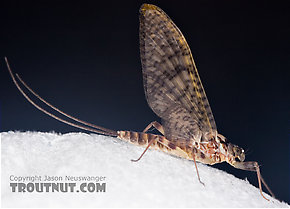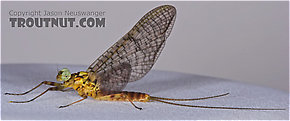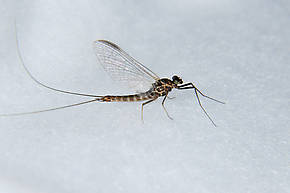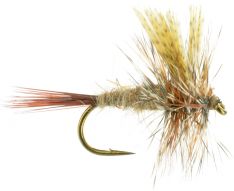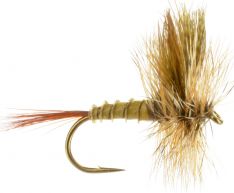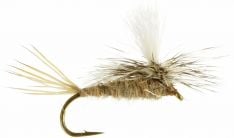Entomology of the March Brown Mayfly Hatch.
What is the March Brown Mayfly Hatch? Entomology of the March Brown Mayflies.
by Mike R • April 23, 2019 in Fly Hatches
March Brown Mayfly
March Browns are a collective name for multiple mayfly species, including Maccaffertium vicarium and Heptageniidae rhithrogena. Vicarium are typical eastern mayflies and rhithrogena hatch in the west. These are good sized mayflies that begin their hatch mid to later spring. Eastern hatches end in June, western hatches of different species of rhithrogena continue through the summer, featuring hatches that can be intermittant, and can extend most of the day.
March Brown Nymph & Emerger
The march brown nymph is classified as a clinger nymph, which are flat, wide bodied insects. Clingers are specialists at holding onto the river bottom, even during high flow. Before hatching, the nymph moves to slower water. During this migration, dead drift a nymph as close to the bottom of the river, which is where trout are watching. Once in slow water, the nymph slowly swims to the surface, where it breaks the surface tension, hatches out of its exoskeleton, rides down the river while drying its wings, and eventually flies off. Emerging mayflies are a favorite of trout because they are defenseless during this part of their lifecycle, and slow to become airborne. A dead drifted emerging mayfly with little or no weight is a perfect imitation, as is a mayfly cripple.
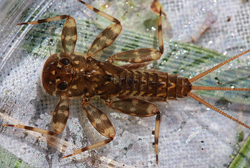 | 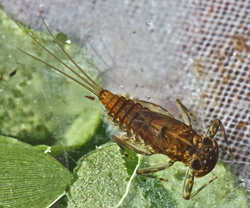 | |
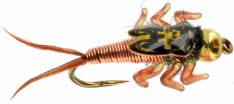 | 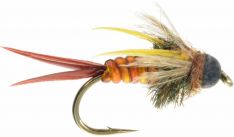 | 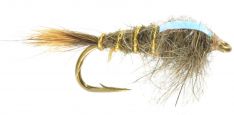 |
See All March Brown Nymphs & Emergers
March Brown Adult
2 days after emerging, the dun molts to a sexually mature spinner, mates, and the female returns to the river to lay eggs. Spinner falls usually occur in the evening, which can be an important of the Eastern March Brown Life Cycle, and an important source of food for trout.
See All March Brown Adult Mayflies


